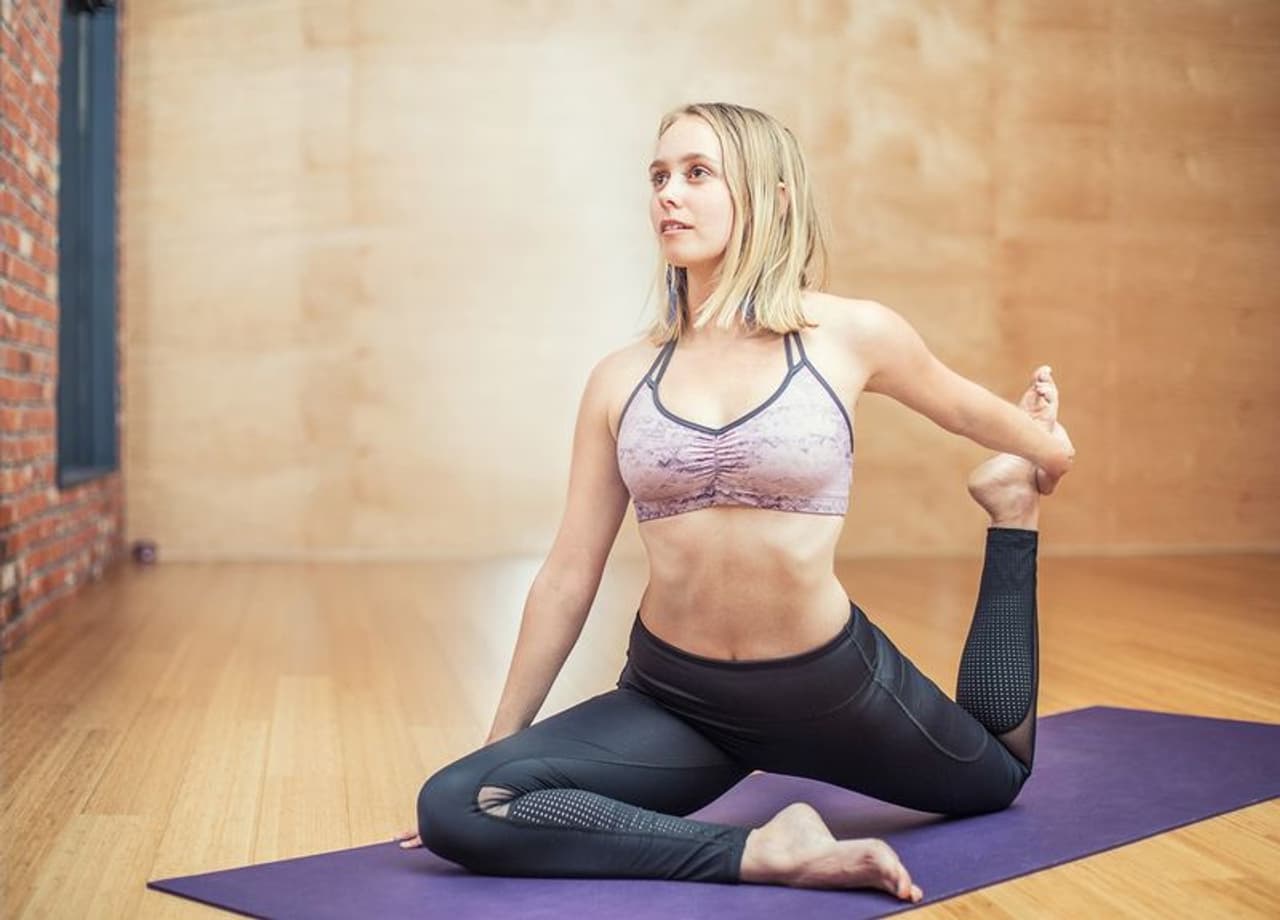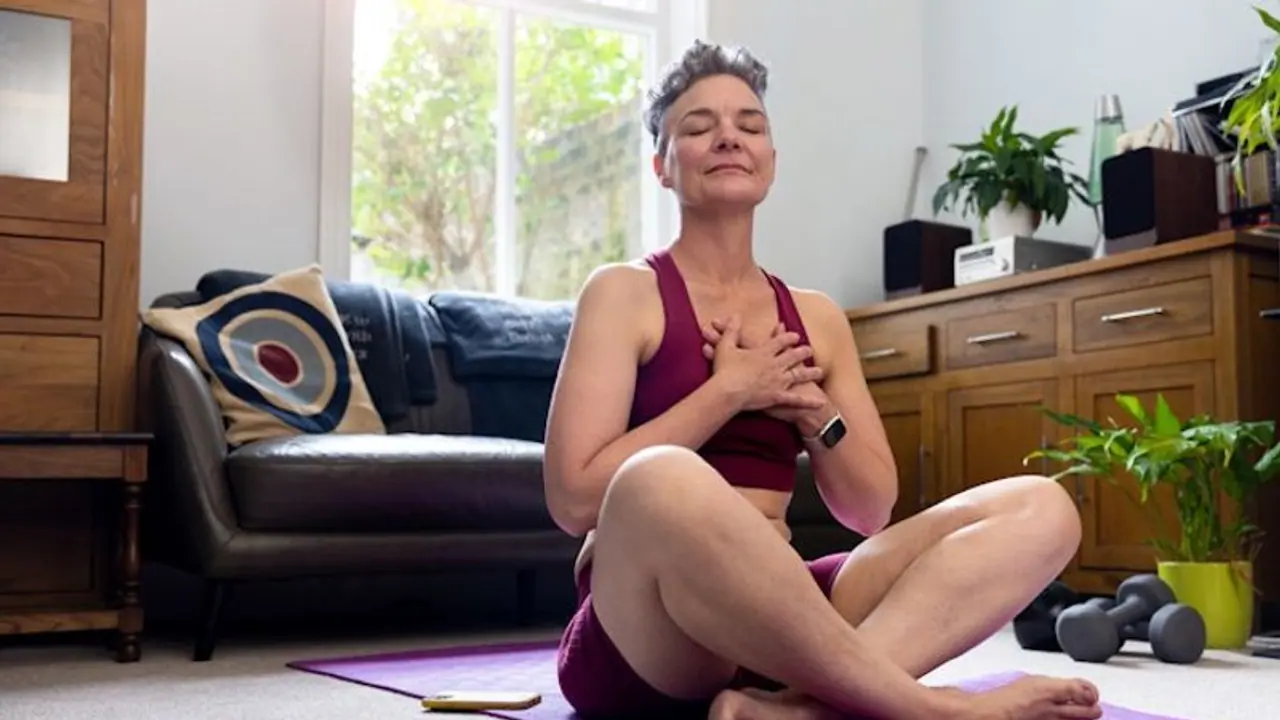Remember that the best exercise routine varies from person to person based on their individual health, fitness level, and goals. Working with professionals who can tailor a program to your specific needs is always a good idea.

Exercising after menopause is crucial for women's health and well-being. As women transition through this life stage, hormonal changes, such as a decrease in estrogen, can lead to various physical and metabolic changes. Regular physical activity becomes a key component in addressing these changes effectively.
Tailoring exercise routines to meet the specific needs of postmenopausal women can help reduce the risk of conditions like osteoporosis, heart disease, and weight gain. In this guide, we'll explore the importance of exercise for women after menopause and provide recommendations on the types and intensity of the most beneficial activities.
Also Read: Citric bounty: 5 revolutionary benefits of Star Fruit for your Health
1. Specific Exercises During Menopause:
Maintaining an active lifestyle during and after menopause is crucial for overall health. Incorporate a mix of exercises to address various aspects of fitness:
- Cardiovascular Exercises: Engage in activities like walking, jogging, swimming, and cycling to enhance heart health, manage weight, and uplift your mood.
- Strength Training: Utilize body weight, resistance bands, or weights for exercises that preserve muscle mass, improve bone density, and boost metabolism.
- Flexibility and Balance: Embrace yoga, tai chi, and Pilates to enhance flexibility, balance, and core strength, reducing the risk of falls.

2. Tackling Abdominal Area Concerns:
Women often experience changes in their abdominal area during menopause. Focus on these exercises to address the issue:
- Core Strengthening: Perform planks, bridges, and pelvic floor exercises to tone abdominal muscles, enhance posture, and minimize a protruding abdomen.
- Holistic Approach: Recognize that targeted fat loss in specific areas is challenging; overall fat reduction through a balanced approach is more effective.
3. Exercises to Approach with Caution:
While exercise is beneficial, consider these precautions:
- High-Impact Workouts: High-impact aerobics or intense jumping may strain joints, which can be more concerning due to potential decreases in bone density during menopause.
- Intensity Balance: Avoid excessive intensity that might stress the body and potentially impact hormonal balance.
Also Read: Hair Care: 5 unexpected benefits of Pomegranate Oil in growing shiny locks

4. Utilizing Props and Aids:
Certain props can enhance your exercise experience:
- Resistance Bands: Employ these for gentle yet effective strength training without straining joints.
- Yoga Blocks: Use these to maintain proper alignment and make yoga poses more accessible.
- Stability Balls: Enhance core engagement and balance during exercises.
- Foam Rollers: Aid in muscle tension release, promoting flexibility.

5. Essential Tips for Success:
Ensure a successful fitness journey by following these pointers:
- Professional Consultation: Seek guidance from physiotherapists, healthcare professionals or certified trainers before commencing a new exercise routine, especially with underlying health conditions.
- Body Awareness: Pay attention to your body's signals. Adjust your routine if you experience discomfort or pain.
- Hydration: Stay adequately hydrated, especially considering the hormonal changes during menopause.
- Nutrition: Combine exercise with a balanced diet to support overall health and weight management.
- Rest and Recovery: Allow sufficient time for recovery between workouts to prevent overexertion and facilitate muscle recovery.
Remember that the best exercise routine varies from person to person based on their individual health, fitness level, and goals. Working with professionals who can tailor a program to your specific needs is always a good idea.
Dr Vibha Siddannavar, Consultant Physiotherapist, CARE Hospitals, Hi-Tec City, Hyderabad
